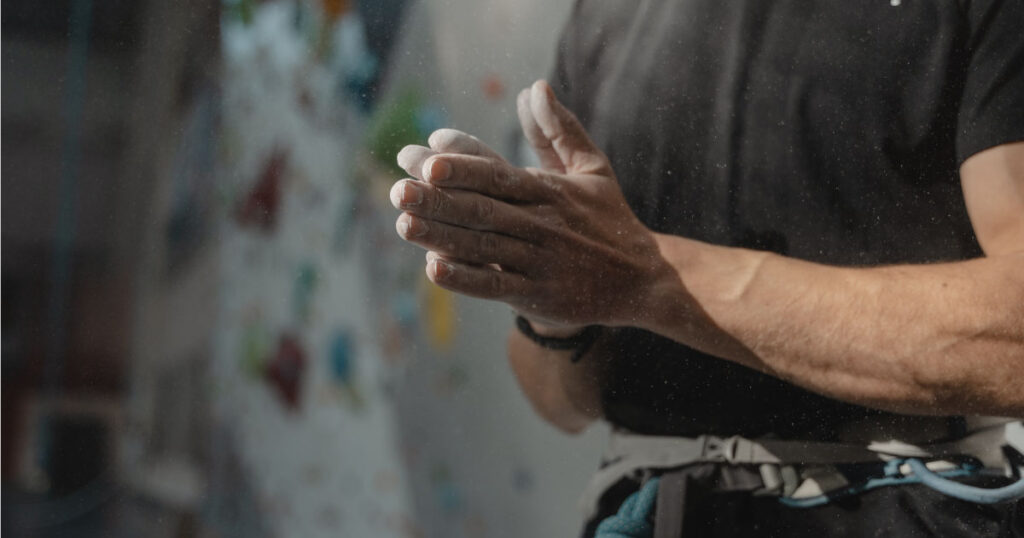KletterRetter Blog
Skincare 101
Rough climbing holds, rough holds and chalk dry out your hands and your skin develops microcracks, thick calluses or simply tears open. Skin injuries like this are often painful and need to be treated properly. With the right skincare techniques, you can treat injuries like this quickly and even avoid them in the future.
Moisturising:
In order to avoid microcracks and strengthen the natural protective layer of your skin, a hand cream such as the fast-absorbing hand cream from KletterRetter is your best bet. A moisturising hand cream quickly provides your skin with the moisture it needs. Applying it just once or twice a day can help strengthen your skin. You should always wash your hands thoroughly after climbing (especially before using hand cream) and remove any remaining chalk that will further dry out your skin.
Calluses:
Over time, calluses will start to form. Hard calluses can not only be painful, but also become a “breaking point” in the skin. The hard callus can tear away from the soft, elastic skin, quickly causing a painful flapper.
A skin file or a piece of sandpaper is great for filing off excess skin. The affected areas can be treated until the skin becomes elastic again.
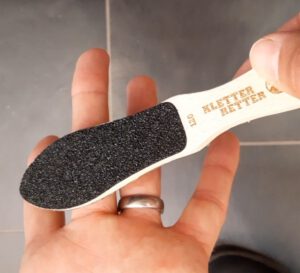
Treating flappers:
Torn calluses and blisters are one of the most common climbing injuries. The resulting loose piece of skin is called a “flapper” in climbing jargon.
You should always have a roll of tape with you so you can quickly treat a flapper. If possible, you should wash your hands before you start taping. To prevent the tape from sticking to the loose skin, fold one of the ends over so that the adhesive surface is on the adhesive surface. This end then covers the flapper. Then pull the tape around your finger in a ring. If you go around twice, so the tape overlaps, it should hold well.
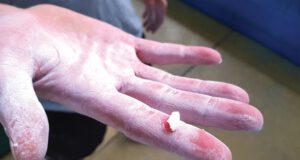
Fingernails and protruding skin:
Fingernails are also often torn and damaged during climbing and the skin next to the nail bed is often injured, leaving protruding skin. As with the treatment of calluses, sandpaper is a great way to care for nails and quickly removing excess skin. Another helpful tool for dealing with nails and protruding skin is a set of sharp nail clippers and/or a razor blade.
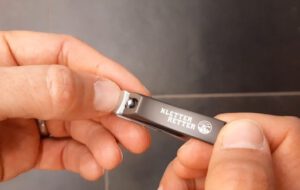
Treating cracks and other skin injuries:
Sometimes tears and other skin injuries are simply unavoidable. The affected area should be cleaned and, if necessary, disinfected to prevent it from becoming infected. The wound should then be treated with tape or a bandage. You can often keep climbing, but sometimes a rest day with skin care treatment is required. For deeper tears, you can use an overnight bandage for 3-4 days to speed up the healing process. Under the bandage you can use a thick balm such as KletterRetter-Repair or the vegan KletterRetter Skin-Disc. Once the skin injury has healed, you can treat excess skin as described above.
With the right skin care you can get more out of your climbing day! At this point we wish you a lot of fun climbing!

